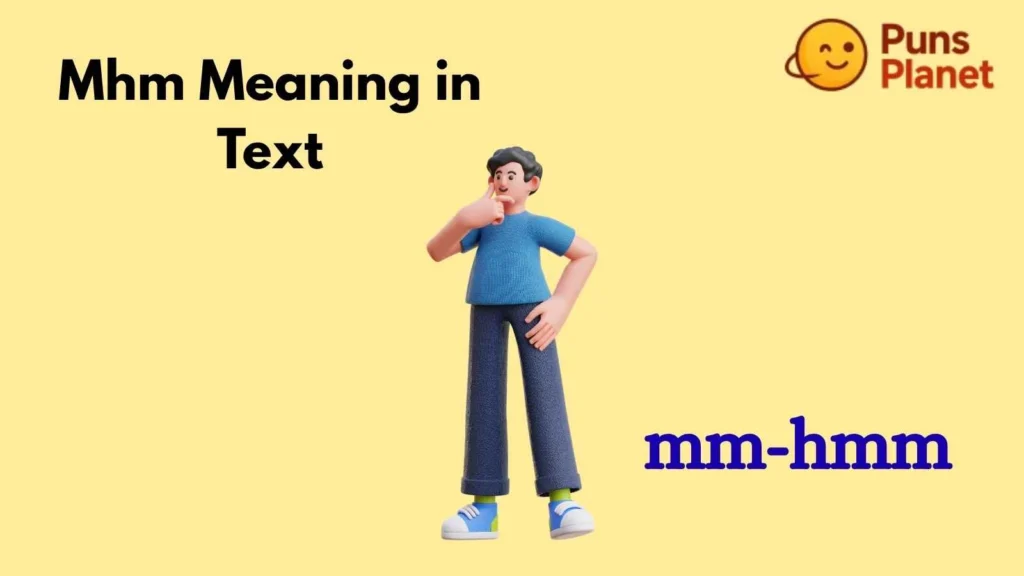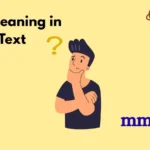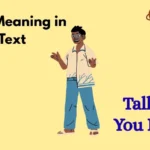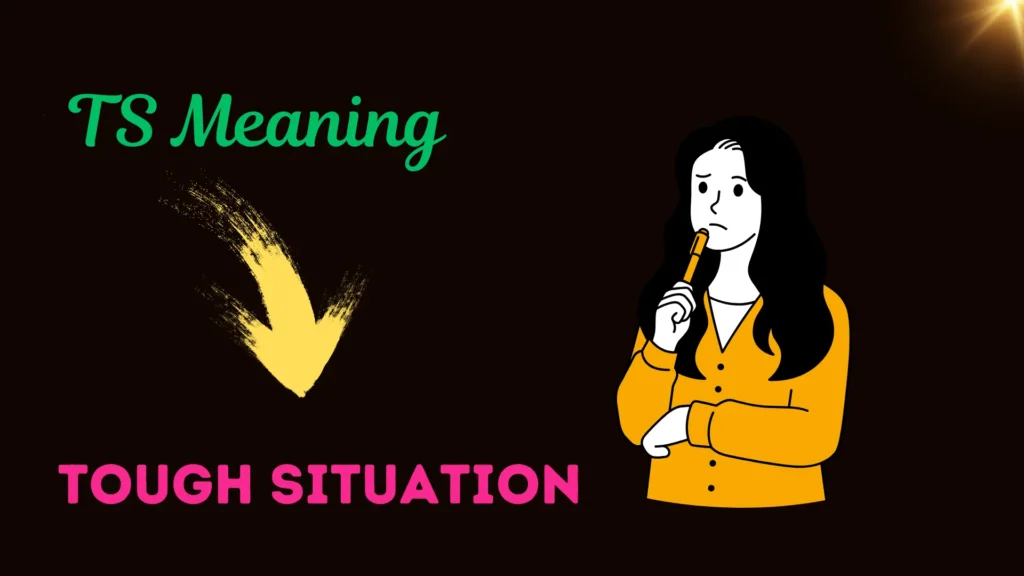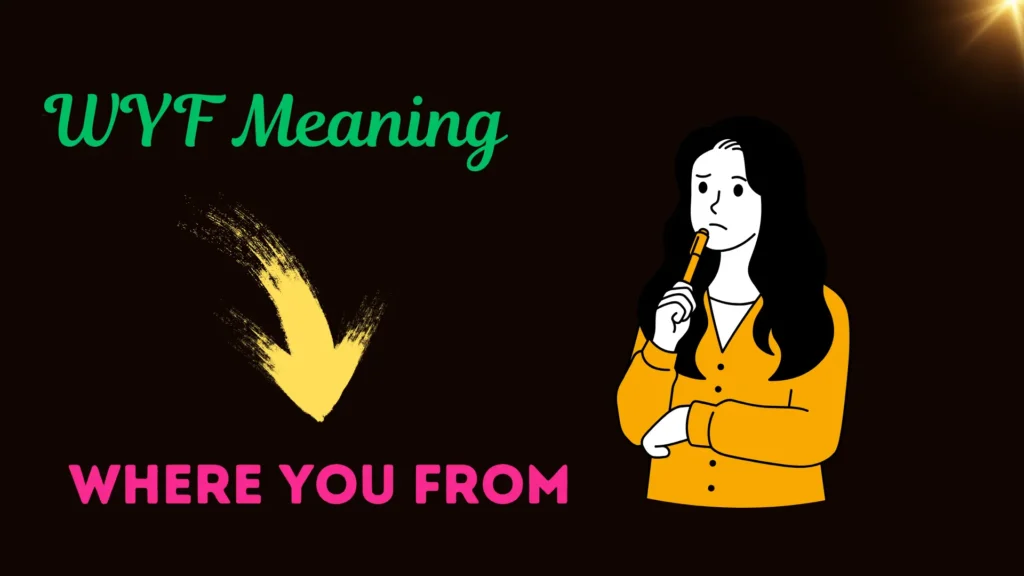Imagine texting a friend about weekend plans. They reply “MHM.” Is that a yes? A maybe? Or just polite chatter? Understanding the meaning behind MHM can save you confusion, awkwardness, or worse—mixed signals.
As we rely on messaging apps and social media every day, tiny expressions like “MHM” shape digital conversations more than you realize.
What Does MHM Mean?
MHM is a short, informal textual response that usually stands for “mm-hmm.” It conveys agreement, acknowledgment, or simply “yes” without being overly enthusiastic. It’s a minimalist way of saying you’re listening or you approve.
Origins & Evolution
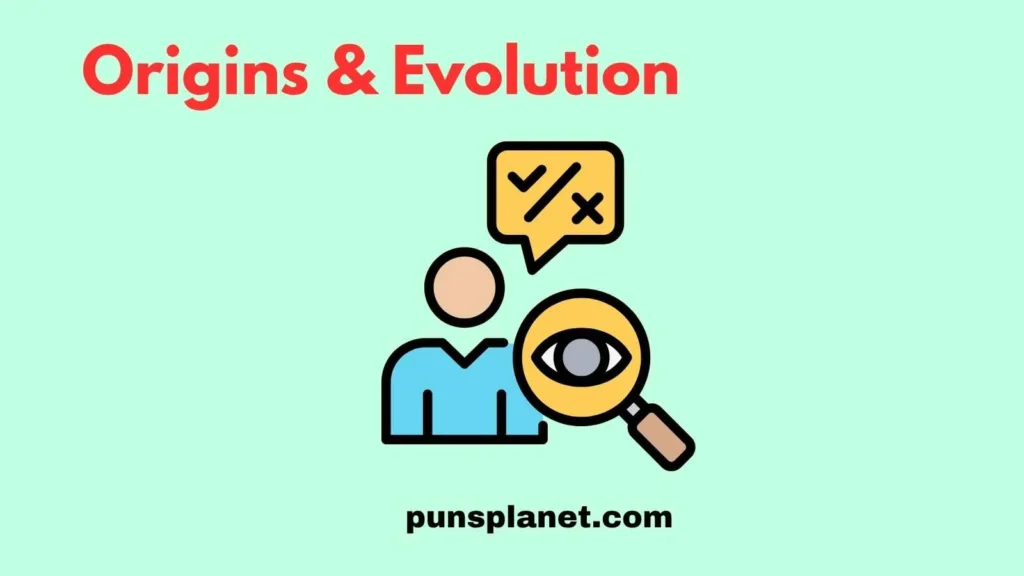
The term comes from the spoken version of “mm-hmm”—a casual affirmation. As texting and instant messaging rose, users began typing it out to mimic natural speech in digital form.
Tone & Emotion Behind MHM
While MHM usually signals agreement, the tone can shift based on context:
- Supportive or friendly: “MHM, sounds good!”
- Apathetic or distant: “MHM.” (barely engaged)
- Neutral or uncertain: “MHM…” (with trailing dots)
How to Use MHM in Text Conversations
Here’s how you can incorporate MHM into your chats in various scenarios:
1. Confirming Plans or Ideas
Friend: “Let’s meet at the new café at 5pm.”
You: “MHM, works for me.”
2. Acknowledging Messages Without Enthusiasm
Co-worker: “I finished the report.”
You: “MHM.”
3. Responding While Busy
When you can’t type much, but want to let someone know you saw their message: “MHM.”
Variations & Similar Expressions
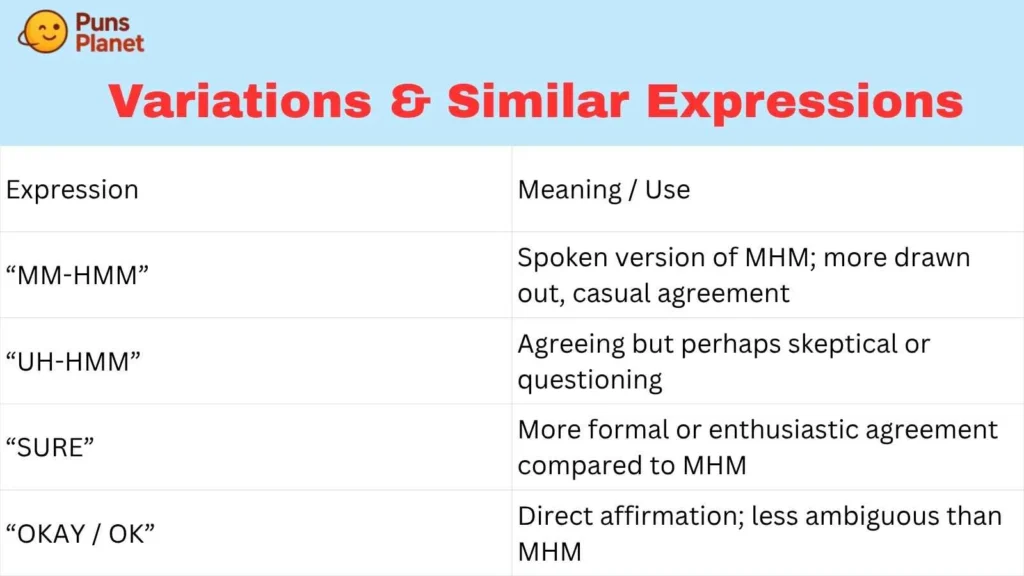
Texting has lots of abbreviations. Here are some variations and related terms:
| Expression | Meaning / Use |
|---|---|
| “MM-HMM” | Spoken version of MHM; more drawn out, casual agreement |
| “UH-HMM” | Agreeing but perhaps skeptical or questioning |
| “SURE” | More formal or enthusiastic agreement compared to MHM |
| “OKAY / OK” | Direct affirmation; less ambiguous than MHM |
When Not to Use MHM
Although MHM is common and handy, there are times when it may not be the best choice:
- Professional or formal settings: It may seem too casual or vague.
- Misinterpreted tone: Without context, “MHM” can feel dismissive.
- Long or emotional messages: A more expressive response might be better.
Examples of MHM in Different Contexts
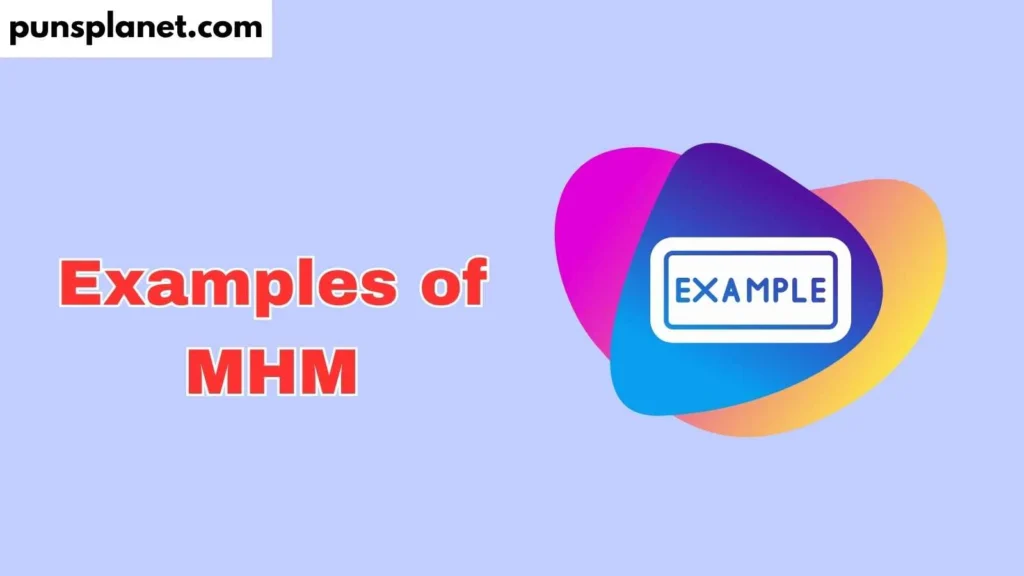
Below are scenarios showing how MHM can be interpreted differently depending on tone, punctuation, and context.
Scenario A: Friendly Chat
Alex: “Hey, want to go movie-hopping Saturday?”
Jamie: “MHM! That sounds fun 😄”
Scenario B: Laid-Back Reply
Jordan: “Don’t forget to send the file.”
Casey: “MHM.”
Scenario C: Uncertain or Distant
Riley: “Are we still good for tomorrow?”
Taylor: “MHM…”
Is MHM Always a Yes?
Good question! The short answer: not always. While “MHM” tends to signal agreement, tone and punctuation change the meaning subtly:
- “MHM?” — asking for confirmation back.
- “MHM…” — maybe hesitant, maybe distracted.
- “MHM!” — energetic affirmation.
Impact on Communication & Digital Etiquette
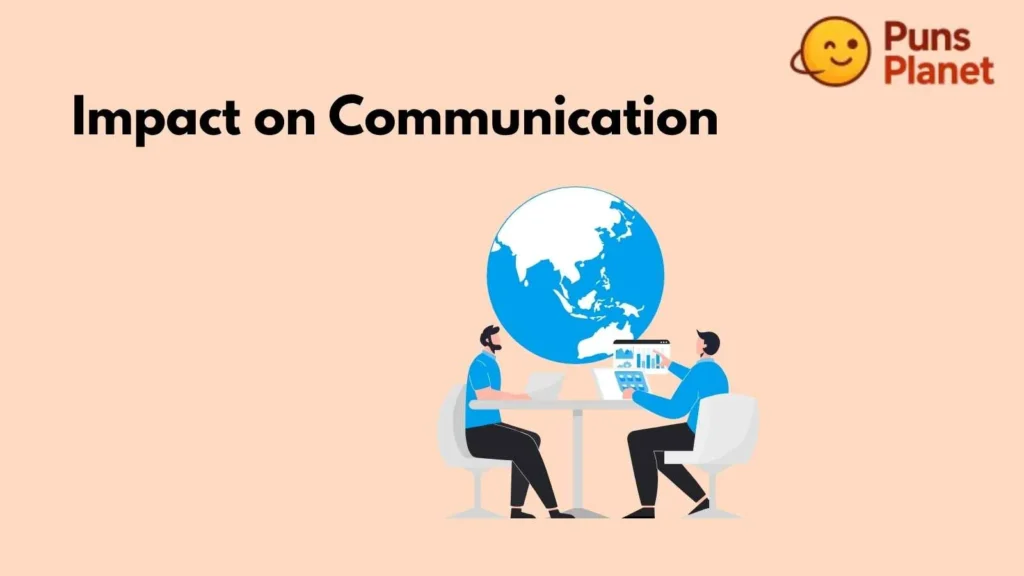
Using MHM shows you’re engaged without over-committing. That can be positive—but also risky if someone expects more warmth or clarity. Understanding tone in plain text is part of modern digital etiquette.
Pros & Cons of Using MHM
| Pros ✔️ | Cons ⚠️ |
|---|---|
| Quick to type Neutral and polite Widely understood among peers | May seem impersonal Open to misinterpretation Unsuitable for formal messages |
Improve Your Texting Style with MHM
To make sure you’re sending the right message:
- Match it with your relationship: close friend vs. boss.
- Watch punctuation: exclamation marks vs. ellipses shift tone.
- Balance it with other responses: add emojis or extra words when needed.
- When unsure, follow up with clarifying phrase: “Yes, sounds good.”
FAQs:
1. What is the difference between “MHM” and “MM-HMM”?
Both express agreement—but “MM-HMM” is longer and mimics spoken hesitation or drawn-out agreement. “MHM” is quicker and more casual.
2. Can using “MHM” come across as rude?
It can—if the context is formal or the other person expects a more expressive reply. Without tone clues, people might misinterpret it as cold or disinterested.
3. Should I ever use “MHM” in professional messages?
Generally, it’s best to avoid it in work-related emails or messages unless you have a very casual rapport. Choose clearer words instead.
4. How do I know if someone meant “MHM” positively or negatively?
Look for supporting cues: punctuation, timing, tone of previous messages, and your relationship with them. If you’re unsure, ask a follow-up question.
5. Are there other texting abbreviations similar to MHM?
Yes—slang like “sure,” “yep,” “okie,” or “cool” serve similar roles, though each has its own tone and nuance.
Final Thoughts:
Understanding MHM meaning in text is a small but powerful step in mastering digital communication.
Whether you want to confirm plans, respond quickly, or stay polite without over-writing—you now know how to use it wisely.
Keep the tone in mind, adjust your punctuation, and use contextual cues to avoid miscommunication.

